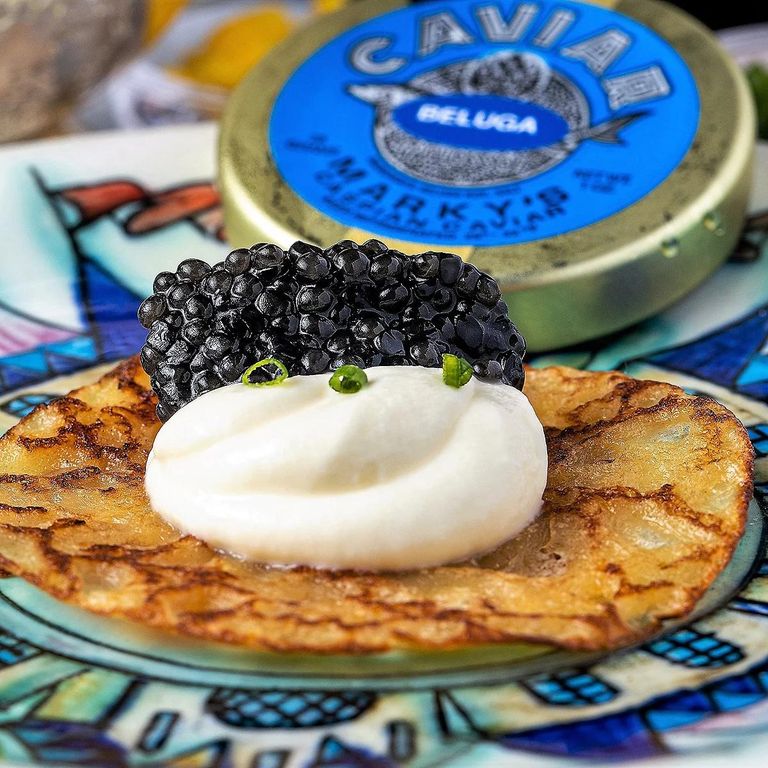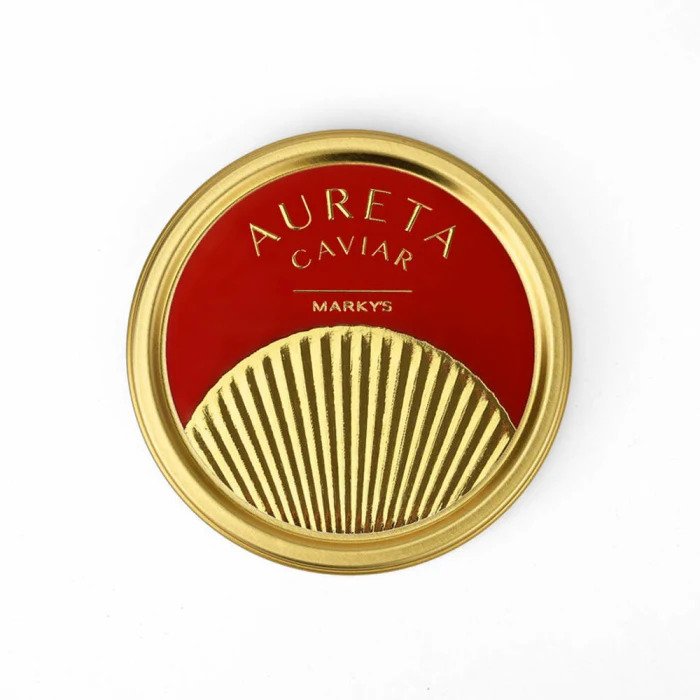Fishing for Black Gold - Over Beluga Caviar
Posted Monday, Jun. 13, 2005
Fishing for Black Gold
AFTER BATTLING BUREAUCRATS OVER BELUGA CAVIAR, A GROUP OF ENTREPRENEURS MAY FINALLY NET THEIR TASTY TREASURE
By JEREMY CAPLAN
Mark Zaslavsky sleeps with the fishes. No, he's not the victim of a Godfather-style rubout. But when Sturgeon Aquafarms imported its first live belugas after a seven-year slog of red tape, he slept next to the tank holding the five 50-lb. creatures on the flight from Germany to protect his investment. (He had trucked them to Germany from Russia.) Zaslavsky hopes to produce the first American-grown beluga sturgeon and caviar, in 36 tanks on the 1,700-acre farm of his partner Gene Evans just outside Pierson, Fla. To fish farmers, beluga is the Holy Grail: a species whose eggs can be worth nearly $200 per oz. and whose life-span stretches 100 years. He figures he can harvest 10 tons of caviar annually from the herd of some 200,000 6-ft. creatures he plans to keep on the farm.
It's not an industry without controversy. Environmentalists are wary of aquaculture in general because of pollution from fish wastes and the genetic threat to native species, and they fear that beluga farming will only feed caviar demand and further endanger stocks in the Caspian Sea, source of 90% of the world's supply.
Zaslavsky, who along with Mark Gelman is a co-owner of Marky's, one of the country's leading caviar merchants, knows the market potential is significant. The U.S. imports 60% of the world's beluga caviar--well over five tons in 2003. Domestic beluga could be worth more than $20 million annually, double the $10 million Marky's takes in today.
Caviar, or salted sturgeon eggs, hasn't always been so valuable. In the 19th century sturgeon were so plentiful in U.S. waters that bars gave caviar away. Overfishing destroyed the industry. Domestic fish farmers are now reviving it, marketing American caviar from such species as paddlefish, trout and hackleback. From white sturgeon alone, U.S. aquaculture is producing about 10,000 lbs. of caviar annually; at $30 per oz. retail, it has become a $5 million-a-year industry. But to Zaslavsky and other sea snobs, American caviar is nothing like beluga. "It's like a $10 wine compared with a $350 wine. You can't compare the two," sniffs Zaslavsky. Sturgeon Aquafarms isn't the only fish in the aquacultural sea. Kevin Hopkins, director of aquaculture at the University of Hawaii, distributed his first batch of Hawaiian osetra caviar in February, after raising the sturgeon for 10 years; he hopes to have Hawaiian beluga caviar within a decade.
The prospects of both operations improved dramatically in March when the U.S. Fish and Wildlife Service issued a surprising--and controversial--ruling permitting aquaculture facilities to raise and sell beluga meat and eggs. The environmental group Caviar Emptor had long been pushing for an outright ban on trade in the beluga, arguing that the species' Caspian population has fallen 90% and might soon be extinct. "This is a grievous mistake," says Ellen Pikitch, one of Caviar Emptor's founders and director of the Pew Institute for Ocean Science. "The beluga is the most valuable fish in the world, and when a fish reaches that level of value and is so threatened, the best way to save it is to completely cut off the market."
To environmentalists, letting caviar retailers like Zaslavsky raise sturgeon is like letting the fox raise the chickens. The caviar trade is not exactly squeaky clean, and Optimus, the parent company of Marky's, recently agreed to pay a $1 million fine for buying smuggled caviar in 1999 to meet the frenzied demand for millennium parties.
But others argue that market forces can be harnessed in the cause of conservation. The theory is that development of a U.S. aquaculture market will take pressure off the endangered Caspian resource by increasing the supply. Zaslavsky says that there are ongoing efforts to preserve the Caspian stock and that farming will help. He says many of the fish in the Caspian are artificially reproduced. "Aquafarming is the future," he says. "We can't avoid it." --With reporting by Kathie Klarreich/Pierson
http://www.time.com/time/insidebiz/article/0,9171,1069476,00.html







